About us | Testimonials | Storage
About Wine Storage
There are many practical and technical considerations when it comes to storing your wine collection. Outlined below are the most important details.
About us | Testimonials | Storage
About Wine Storage
There are many practical and technical considerations when it comes to storing your wine collection. Outlined below are the most important details.
Temperature
The ideal cellar or wine storage temperature is 55-65 degrees F. Cool temperatures slow the aging process, increasing complexity and character of the wine over time. Contrarily, high temperatures speed the aging process, preventing a wine from developing complexity. Regardless of whether you cool your wine down to 55 degrees or up around 65 degrees, the temperature should be stable. Temperature fluctuations cause wine to expand and contract, which threatens the quality of the cork’s seal. This can potentially increase the wine’s exposure to oxygen. If you have a basement room in mind for your wine cellar that is well embedded in the ground, you would be enhancing the efficiency of your wine cooling system on the warmer days of the year. Wine cellar cooling units located on the main or upper floors tend to work a little harder, but will achieve good results if completed correctly.
Temperature
The ideal cellar or wine storage temperature is 55-65 degrees F. Cool temperatures slow the aging process, increasing complexity and character of the wine over time. Contrarily, high temperatures speed the aging process, preventing a wine from developing complexity. Regardless of whether you cool your wine down to 55 degrees or up around 65 degrees, the temperature should be stable. Temperature fluctuations cause wine to expand and contract, which threatens the quality of the cork’s seal. This can potentially increase the wine’s exposure to oxygen. If you have a basement room in mind for your wine cellar that is well embedded in the ground, you would be enhancing the efficiency of your wine cooling system on the warmer days of the year. Wine cellar cooling units located on the main or upper floors tend to work a little harder, but will achieve good results if completed correctly.
Humidity
Humidity is also important when storing wine. Humidity levels over 80% may encourage mould, while extremely dry conditions may cause high levels of evaporation. This can threaten the bottle’s cork and potentially expose the wine to excess oxygen, spoiling the wine. On British Columbia’s “wet” coast, there is very little concern of humidity levels being too low. Too much dampness can be a problem though, so if you believe this is true for your home, we offer wine cellar cooling systems that will manage humidity.
Humidity
Humidity is also important when storing wine. Humidity levels over 80% may encourage mould, while extremely dry conditions may cause high levels of evaporation. This can threaten the bottle’s cork and potentially expose the wine to excess oxygen, spoiling the wine. On British Columbia’s “wet” coast, there is very little concern of humidity levels being too low. Too much dampness can be a problem though, so if you believe this is true for your home, we offer wine cellar cooling systems that will manage humidity.
OUTSIDE INTERFERENCES LIGHT (PREFERABLY THE ABSENCE OF IT)
Wine stored in darkness is more likely to retain its clarity. Light reacts to proteins in the wine to form a haze as well as other unpleasant effects, such as off aromas and flavours. Wine that has been exposed to light can develop a papery taste, known as “light struck”. Ideally, your wine should be stored in a wine cellar where you have full control over the light – it should be dimmable, cool and preferably absent of UV rays. If you wish to install a wall or a wine cellar door (made of glass) in your wine cellar design, it should be engineered to filter UV rays and be situated so that it is not exposed to sunlight.
OUTSIDE INTERFERENCES LIGHT (PREFERABLY THE ABSENCE OF IT)
Wine stored in darkness is more likely to retain its clarity. Light reacts to proteins in the wine to form a haze as well as other unpleasant effects, such as off aromas and flavours. Wine that has been exposed to light can develop a papery taste, known as “light struck”. Ideally, your wine should be stored in a wine cellar where you have full control over the light – it should be dimmable, cool and preferably absent of UV rays. If you wish to install a wall or a wine cellar door (made of glass) in your wine cellar design, it should be engineered to filter UV rays and be situated so that it is not exposed to sunlight.
Vibration-Free
The concern with vibration is that it can unsettle the wine, turning the sediments and thereby changing the flavour of the wine. Vibration may also threaten the cork seal. Most wine cellar locations are not exposed to harmful levels of vibrations. If you are planning a wine cellar in a location where vibration could be a concern, the best course of action would be to find another location.
Vibration-Free
The concern with vibration is that it can unsettle the wine, turning the sediments and thereby changing the flavour of the wine. Vibration may also threaten the cork seal. Most wine cellar locations are not exposed to harmful levels of vibrations. If you are planning a wine cellar in a location where vibration could be a concern, the best course of action would be to find another location.

